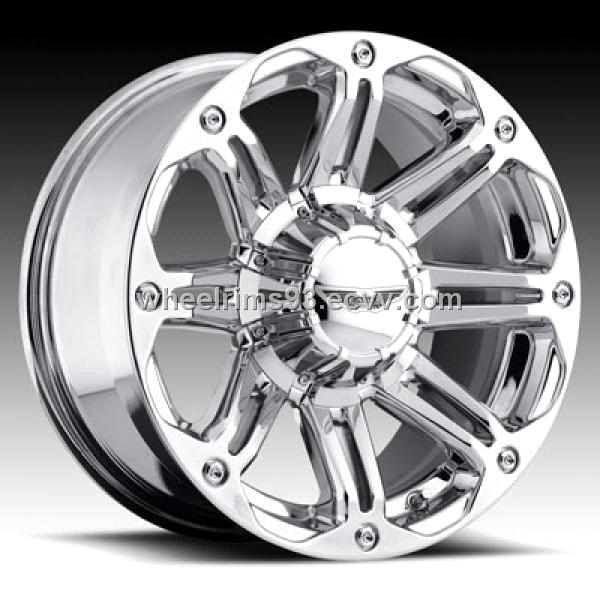Example of 8 & 10 inch wide tires on 14x7 rims
Example of 9 & 11 inch wide tires on 14x6 front and 14x8 rear rims
Example of 10 inch wide tires on 7 inch wide rims
Example of an 11 inch wide tire on a 7 inch wide rim
One of the most frequently asked questions we get from our customers is about the width of rims on their ATV or UTV. When you buy our aftermarket rims they are almost always the same width on front and rear which causes some confusion because your OEM rims are 2 different widths. Almost any new ATV or UTV will come with skinnier rims on the front vs. the rears. For example, you would expect to see 12x6 or 14x6 wheels on the front and 12x8 or 14x8 rims on the rear of just about any machine from the factory. Which brings up another question we get all the time. When we tell people the stock rim sizes on their machine are 12x6 (or 14x6) fronts and 12x8 (or 14x8) rears they usually disagree with us because they look at their tire sizes and it makes them think their rims are wider than they actually are.
When you read the tire sizes on your machine it would read something like this, 25x8-12 for the front and 25x10-12 for the rear. This makes many people think their front rims are 8 inches wide and their rear rims are 10 inches wide but that is not the case! Nowhere in the tire size does it tell you what width your rims are. When you read 25x8-12 on your tire you know that your tire is 25 inches tall and 8 inches wide and it's installed on a rim that is 12 inches in diameter. The width of your rim is still unknown without measuring it or taking our word for it. If your OEM front tires are 25x8-12 they are most likely mounted on 12x6 OEM rims. And the same goes for the rear, if your rear OEM tires say 25x10-12 they are most likely installed on 12x8 OEM rims. Typically your rims will be 1-2 inches skinnier than the width of your tires, sometimes more.
Now back to the original question... if my stock rims are 2 different widths can I buy aftermarket rims that are all 4 the same? And will they work with my current tires? The answer is YES! Just because your machine came stock with 2 different widths of rims does not mean that you have to keep that staggered fitment when you buy new rims.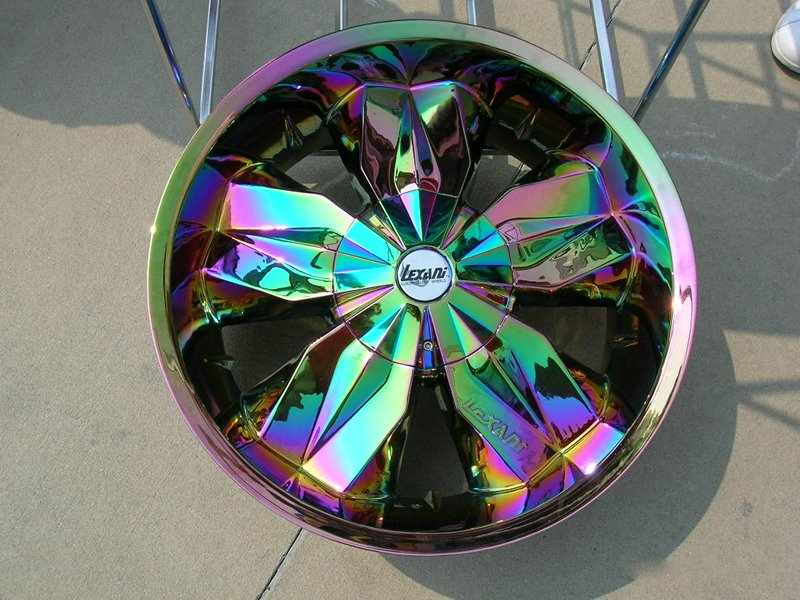 You can buy new rims that are all the same width like a 12x7 or a 14x7 and you can install tires on them that are all 4 the same or they can be different widths. A general rule of thumb is to try and keep your rims about 1-4 inches skinnier than the width of your tires. If you have 26x9-12 front tires and 26x11-12 rear tires you would want to find 12x7 front rims and 12x7 or 12x8 rear rims. Either would work just fine. The same goes for the 14 inch sizes. If you have 26x9-14 front and 26x11-14 rear tire sizes you would want to find 14x7 rims for all 4 or 14x7 fronts and 14x8 rears. As you shop for new rims you will find that most aftermarket rims are only offered in 7 inch widths. It's not as common to find aftermarket rims that are offered in 2 different widths. People get really hung up on this because it seems confusing but it really isn't if you follow the counsel we have given in this article. The bottom line is that if all 4 of your rims are the same, whether they be 12x7, 14x7, 15x7 and so on, you can install 8, 9, 10 or 11 inch wide tires on them.
You can buy new rims that are all the same width like a 12x7 or a 14x7 and you can install tires on them that are all 4 the same or they can be different widths. A general rule of thumb is to try and keep your rims about 1-4 inches skinnier than the width of your tires. If you have 26x9-12 front tires and 26x11-12 rear tires you would want to find 12x7 front rims and 12x7 or 12x8 rear rims. Either would work just fine. The same goes for the 14 inch sizes. If you have 26x9-14 front and 26x11-14 rear tire sizes you would want to find 14x7 rims for all 4 or 14x7 fronts and 14x8 rears. As you shop for new rims you will find that most aftermarket rims are only offered in 7 inch widths. It's not as common to find aftermarket rims that are offered in 2 different widths. People get really hung up on this because it seems confusing but it really isn't if you follow the counsel we have given in this article. The bottom line is that if all 4 of your rims are the same, whether they be 12x7, 14x7, 15x7 and so on, you can install 8, 9, 10 or 11 inch wide tires on them. You can install 8 inch wide front tires and 10 inch wide rear tires if you want. You can install 9 inch wide front tires and 11 inch wide rear tires if you want. You could install 10 inch wide tires all the way around if you want. Your rims do not have to be different widths just because your tires may be different widths from front to rear.
You can install 8 inch wide front tires and 10 inch wide rear tires if you want. You can install 9 inch wide front tires and 11 inch wide rear tires if you want. You could install 10 inch wide tires all the way around if you want. Your rims do not have to be different widths just because your tires may be different widths from front to rear.
Another thing to think about to help you understand this is that your tires must be wider than the rims for them to seat properly. Think about that for a second, if you were to install a tire that is 8 inches wide onto a rim that is also 8 inches wide you would have zero protection for your rim edge. The lip of your rim would be exposed so as you fly down the trail you could easily hit a rock or a stump and mess up your rim. Also, the tire would not seat properly and when you make a hard turn or hit a bump just right your tire could easily pop off the bead of the rim. But if your tire is wider than the rim by at least 1 inch (I prefer 2 when possible) than your tire is seated on the rim properly and has plenty of overhang on either side to help protect the rim edge and keep the tire in position where it belongs on the rim bead. If you are still struggling with this information and you want to discuss further please feel free to call or text us and we'd be happy to help clarify.
If you are still struggling with this information and you want to discuss further please feel free to call or text us and we'd be happy to help clarify.
LOW PRICE PROMISE • FREE SHIPPING ON ORDERS $99+
LOW PRICE PROMISE • FREE SHIPPING ON ORDERS $99+
$100 OFF ATV/UTV WHEEL & TIRE KITS SPRING SALE • FREE SHIPPING ON ORDERS $99+
20% OFF SITEWIDE CODE MARCh30 • FREE SHIPPING ON ORDERS $99+
Skip to the end of the images gallery
Skip to the beginning of the images gallery
Subscribe to back in stock notificationAsk a question about this product


| Brand | Super ATV |
|---|---|
| Model | Healy |
| SKU | 102802-4FS |
| MPN | 102802-4FS |
| Wheel Finish | Black |
| Wheel Diameter | 20" |
| Wheel Widths (F/R) | 7" / 7" |
| Wheel Bolt Pattern | 4/156 |
| Wheel Offsets (F/R) | 5+2 / 5+2 |
| Wheel Type | Non-Beadlock |
Please ensure Javascript is enabled for purposes of website accessibility
All tires and wheels for ATVs are broadly divided into two large groups: utility and sports.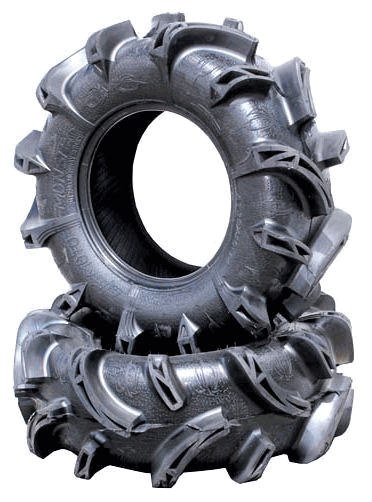 The former are designed for harsh operating conditions on any type of surface for a long time, and the latter are especially durable for high-speed driving on rather tough sports tracks.
The former are designed for harsh operating conditions on any type of surface for a long time, and the latter are especially durable for high-speed driving on rather tough sports tracks.
We are more interested in utility tires. In order to maximize the pleasure of a trip along forest paths, mud, sand, water, snow and swamps, you need to initially take care of the most important thing - rubber suitable for each type of surface. Since each set of tires is quite expensive, you need to think about where you plan to ride most often and purchase tires suitable for these surfaces. Mud tires will get stuck in the sand, and sand tires won't work on the trail. Designers have been puzzling over the creation of the most versatile tires for many years, but so far, this is just a dream. True, universal tires have already been created that will ideally prove themselves on different surfaces, but for special cases you will have to fork out and buy a special set of tires.
Since ATV tires are subjected to significant stress during operation, they must be as strong as possible.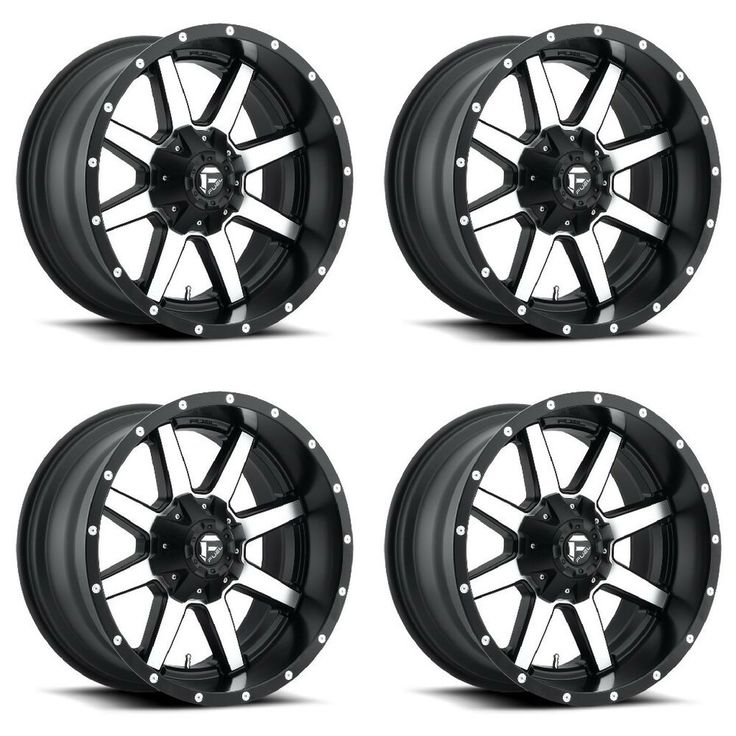 Low pressure radial tubeless tires do this best. They are made in such a way that the carcass cord goes from one side to the other without crossing the fibers, and the outside of the shell is covered with a dense cord. These tires have excellent traction and do not lose contact with the surface when cornering. These tires are comfortable to use and easy to maintain.
Low pressure radial tubeless tires do this best. They are made in such a way that the carcass cord goes from one side to the other without crossing the fibers, and the outside of the shell is covered with a dense cord. These tires have excellent traction and do not lose contact with the surface when cornering. These tires are comfortable to use and easy to maintain.
Bias tires respectively have a diagonal design and are more suitable for soft surfaces such as mud.
Low tire pressure allows you to increase the contact patch with the surface, improving grip and increasing the quad's flotation. Depending on what surface you plan to ride on, for a harder surface, you need to reduce the contact patch by inflating the tire more, and for a soft one, increase it by lowering the tire pressure.
Tire sizes vary in both diameter and width, another indicator is the size of the rim on which these tires are mounted. For example, 25×8-12″ means that the tire is 25 inches in diameter, 8 inches wide and fits on a 12 inch rim. Moreover, in order to increase traction, it is necessary to install tires at the rear wider than at the front, so that the rear wheels do not fall into the front track, but lay a new one with a larger area of contact with the surface. Typically, utility ATVs are fitted with 25-26 inch tires and this is optimal. But some fans want to put more tires, for example, 27-28 inches. Unfortunately, the design of many quadras does not allow this. To install such tires, you need to tune the car, lift it, and this does not always have a good effect on driving performance.
Moreover, in order to increase traction, it is necessary to install tires at the rear wider than at the front, so that the rear wheels do not fall into the front track, but lay a new one with a larger area of contact with the surface. Typically, utility ATVs are fitted with 25-26 inch tires and this is optimal. But some fans want to put more tires, for example, 27-28 inches. Unfortunately, the design of many quadras does not allow this. To install such tires, you need to tune the car, lift it, and this does not always have a good effect on driving performance.
Tires mounted on 12" or 14" rims. 12" is good for medium conditions and soft trails, and 14" for harder.
The different tread patterns are due to different tire applications. Tires with high, medium-hard directional lugs have excellent self-cleaning properties and are suitable for difficult trails. Bucket lugs are good for sand dunes. Deestone and Kenda tires are considered the best. They are of the highest quality, great variety and affordable price.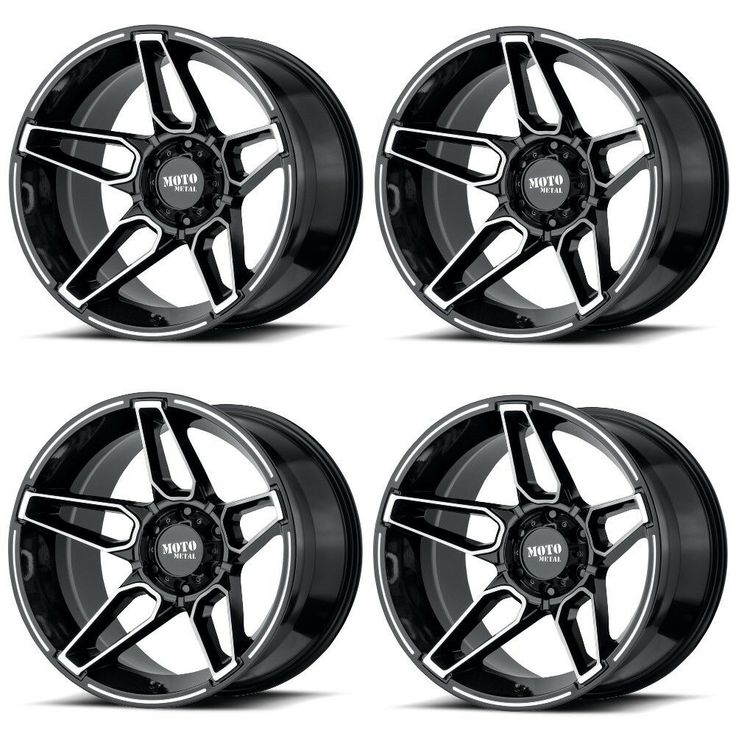
Available in two diameters 12" and 14". Usually, ATVs are equipped with steel, stamped discs from the factory. But for those who want not only to make their quad lighter and more stylish, there is a wide selection of original design alloy wheels from ITP. They are very durable and reliable and look very modern.
05/17/2018
The numbers written on the side of the rubber tire tell the owner of the ATV everything that interests him. And if you are for some If you don't know what these mysterious numbers mean, then you can be mistaken when choosing the next set of tires. But tires directly determine whether it will go technique further or not. So, in this article you will close all the questions on about the decoding of size ATV tire .
All tires have their own basic parameters - this is the width, height and diameter. The value of these parameters is mainly measured in inches.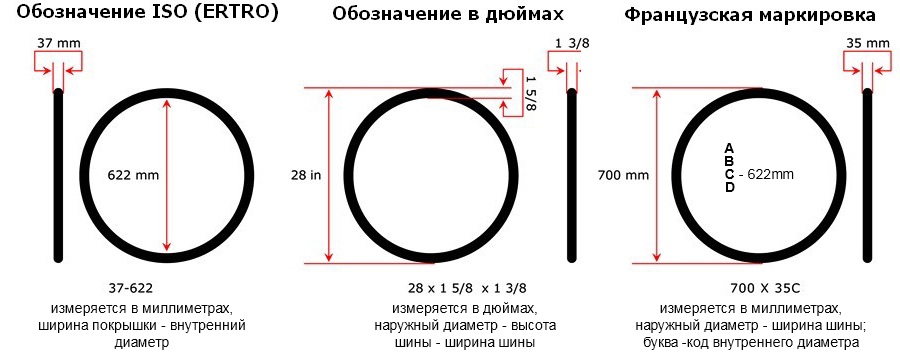 Exists two units:
Exists two units:
1) If you have ATV, then this is for you. English version is the most common number system that is used when determination of tire dimensions on ATVs. All measurements here are in inches. (1 inch equals 2.54 cm). For example, the size indicated in English classification looks like this - 25x8x12 . Let's take a closer look at the meaning of each digit:
- The first digit 25 shows the height of the tire in inches;
- The second digit 8 indicates the width of the tire in inches;
- The last, third digit 12 indicates the diameter of the wheel disk, it is also measured in inches. Disc diameter on each ATV can be different. Therefore, be careful before you buy tires for ATV, see what regular disks are installed on your vehicle.
And a very important point worth noting. Often our customers ask themselves: “If I have a tire size of 20x10x10, can I put instead of them 20x11x10? The answer is yes.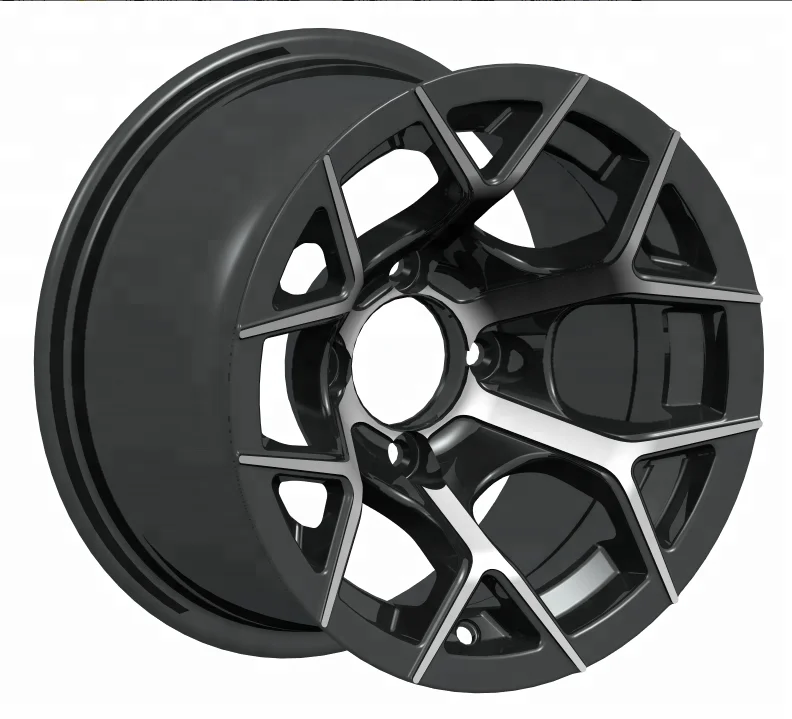 First, you can put rubber on regular wheels with a size exceeding 1 inch in height and width. Secondly, if you want tires even wider, then for this you will need to buy other disks. But again, there are limitations. On discs of other diameters, you can install rubber, the largest is only 2 inches in height and width.
First, you can put rubber on regular wheels with a size exceeding 1 inch in height and width. Secondly, if you want tires even wider, then for this you will need to buy other disks. But again, there are limitations. On discs of other diameters, you can install rubber, the largest is only 2 inches in height and width.
These two rules must be strictly observed, otherwise, if you try to put tires of an unacceptably large size, this may adversely affect on a quad bike. After all, the rubber will be larger and, accordingly, heavier, which does not fit the technical parameters of the ATV. In production ATVs take into account all the characteristics, so manufacturers of ATV equipment I don't recommend using bigger tires at all. But if you do decided to increase the size of tires, call our toll-free number, we help.
2) Also there is another version - metric . Here the dimensions are indicated in percentage and millimeters. For example, size specified according to the metric classification - 205/80 Rx12 .